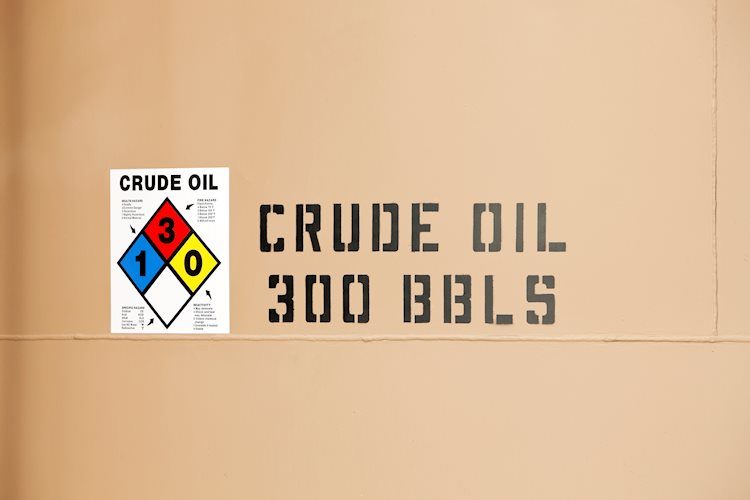Crude Oil prices ticked up off this week’s low and are holding steady for now, making traders uncertain about the future direction. Recent news of Saudi Arabia considering abandoning its $100 per barrel price target and potentially increasing production has weighed on the market sentiment. Meanwhile, the US Dollar Index is stable ahead of the release of the Personal Consumption Expenditures (PCE) Price Index data, which could impact the likelihood of a November interest-rate cut by the Federal Reserve.
Oil prices are bouncing off a key support level after experiencing significant losses earlier in the week. The market is adjusting to the potential increase in supply from Saudi Arabia, which could lead to further downside in oil prices. The US Dollar Index is consolidating as traders await the PCE data release, which will give more insight into future interest-rate cuts. Volatility in the market is expected to increase depending on the outcome of the PCE report.
Oil news and market movers include reports of Houthi rebels launching ballistic missiles towards Tel Aviv and targeting ships in the Red Sea. Additionally, China’s decision to lower interest rates and inject liquidity into the banking system is expected to boost oil demand in Asia. Fuel distributors in Florida are preparing for supply shortages due to hurricane Helene, while Israel continues to bomb Hezbollah military installations in Lebanon. The Baker Hughes Oil Rig Count data is set to be released, providing further insight into oil supply levels.
Crude Oil traders are closely monitoring geopolitical developments alongside supply factors. With Saudi Arabia increasing production and supply flowing, further downside in oil prices is likely. Technical analysis suggests that $71.46 is a key resistance level on the upside, while $67.11 and $64.38 serve as support levels on the downside. Global factors such as political instability, wars, and OPEC decisions also play a significant role in influencing oil prices.
WTI Oil, also known as West Texas Intermediate, is a high-quality Crude Oil benchmark used in international markets. Supply and demand, global economic growth, political instability, and OPEC decisions all impact WTI Oil prices. The weekly inventory reports from API and EIA influence price changes based on supply and demand dynamics. OPEC’s production decisions, including those made by OPEC+, can have a significant impact on WTI Oil prices. Traders closely monitor these factors to make informed decisions in the oil market.
















